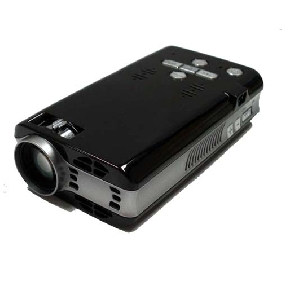18 Greatest Tech Presents 2018
Engineers from Duke College, backed by Intel and the National Science Foundation, have developed a new expertise to cool hotspots in high-efficiency electronics by using know-how that was developed by mimicking the natural process that cicadas use to wash their wings. Using a laser to both warmth and take measurements of a single-layer of graphene, the researchers found that a kind of graphene created by Ruoff and colleagues is best than another materials tested up to now at dissipating heat. Stretchy, wearable electronics curiosity researchers from quite a lot of fields. “Any digital gadget that generates a lot of warmth goes to benefit from this know-how,” stated Ted Swanson, assistant chief for expertise for Goddard’s Mechanical Systems Division.
After publishing its findings last year concerning the results of conventional sintered powder copper structures on the performance of a vapor-chamber cooling know-how, the group is making ready to report on the feasibility of integrating nanostructures, particularly carbon nanotubes , into the devices to further enhance performance. The pump moves the vapor away from the surface of the electronics to be cooled and then recirculated across the component.
This technology may at some point present energy to devices like pacemakers, which help the center keep up a steady rhythm. The shrinking of electronic components and the excessive warmth generated by their rising energy has heightened the necessity for chip-cooling options, in keeping with a Rutgers-led study published not too long ago in Proceedings of the National Academy of Sciences.
Initially, graphene would doubtless be used in some area of interest applications, similar to thermal interface supplies for chip packaging or clear electrodes in photovoltaic photo voltaic cells or flexible shows. A while ago we wrote about five relatively obscure instruments for doing electronics. Of their paper , the researchers additionally defined how the ability of a material to conduct warmth evolves when transitioning from typical three-dimensional bulk supplies to two-dimensional atomically-thin films, reminiscent of with graphene.
The cooling technology relies on easy physics: when water droplets merge, the discount in surface space causes the release of a small amount of power. The vapor escapes towards the floor, taking heat away from the electronics together with it. The designers created a multi-fluid mannequin of the chilly plate involving free convection and liquid cooling and optimised the cooling channels to obtain a good compromise between warmth dissipation and strain drop by the chilly plate.